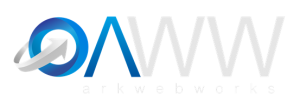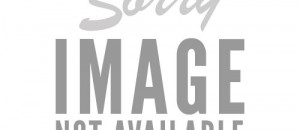America is on sale, with some real estate prices down 50%, or more, in certain markets. This coupled with low interest rates, has created an unprecedented buying opportunity for investment homes. Despite this attractive environment, acquiring real estate has become expensive. Many lenders have changed underwriting guidelines due to the financial crisis, and are increasing the minimum down payments from 10% to 20%, or even higher in some cases. This leaves many would be real estate investors asking themselves the question, “How do I maximize the cash I have?” This has created a new demand for creative real estate investment financing. Enter Bridge Financing:Bridge financing, has many lexicons; hard money, private money, short-term capital, construction loans and more. Hard money seems to be the most common. Using hard money has become in vogue for a couple reasons; one being flexibility in deal structuring, and the second being speed and ease of acquiring it. One of the most common structures for this form of investment property financing is to purchase and renovate a home in order to hold for cash flow. This process usually involves two loans. The first being the bridge loan, or hard money loan. It is used to purchase and renovate the home, then is usually refinanced out within a short period of time (90-180 days). Upon the refinance the hard money lender is paid off and the investor is left with limited to no investment in the home. That final number depends on a number of factors including; purchase price, renovation, neighborhood, market and more. Basic Structure of Hard Money Financing
Factors to ConsiderThis type of loan usually involves a high origination fee of between 3% and 5%, and a high interest only payment of 1% to 1.5% per month. Additionally you will pay closing costs again when loan is moved to the permanent lender. This can often cost around 10% of the equity to structure the deal in order to minimizing your out of pocket investment. Many investors would still choose this method of using other peoples' money, though, due to the ability to purchase more homes, and increase the cash on cash return. Real Life Example:Let's look at an actual example from a real property in Memphis, Tennessee:After Repair Value(ARV): $145,000Purchase price: $84,700Cost of improvement or rehab: $16,000Hard money origination cost: 5% or $5,075Transaction closing cost: $1,600Total due at close: $107,375In this case the short term lender loaned 70% of the ARV or $101,500 Cash due from buyer $5,875The buyer then was able to refinance with a permanent lender at 75% of the ARV using a typical no-seasoning Fannie Mae lender. The difference of 5% covers the investors refinance cost on the investment home. In the EndThe investor ends up with a permanent loan at $107,300 with a 6% interest rate. Leaving them with a 30 year fixed payment for principle and interest of $643. In this example the home was rented for $1,195, leaving $552 in gross cash flow. After factoring in taxes, insurance, management fees, vacancy and maintenance, this particular home was still cash flows positive for $110 a month. This leaves the investor with $1,320 net cash flow annually on a $5875 investment, creating a cash on cash return of 22%. Although the process is more involved than the traditional 20% + closing costs, the result is owning the property at 75% of the ARV and saving over $25,000 of cash which can be used to purchase more homes. The key to this strategy is ensuring you qualify for the permanent financing first. Typically as an investor you need to maintain a 700+ credit score and have 6 months of reserves for the 30 year loan payment. This reserve can include 401(k) or other retirement accounts. Where to Find Hard MoneyMost turn-key real estate investment companies will be able to offer this type of creative financing. Other sources of hard money financing can be found through your local real estate investing association.



